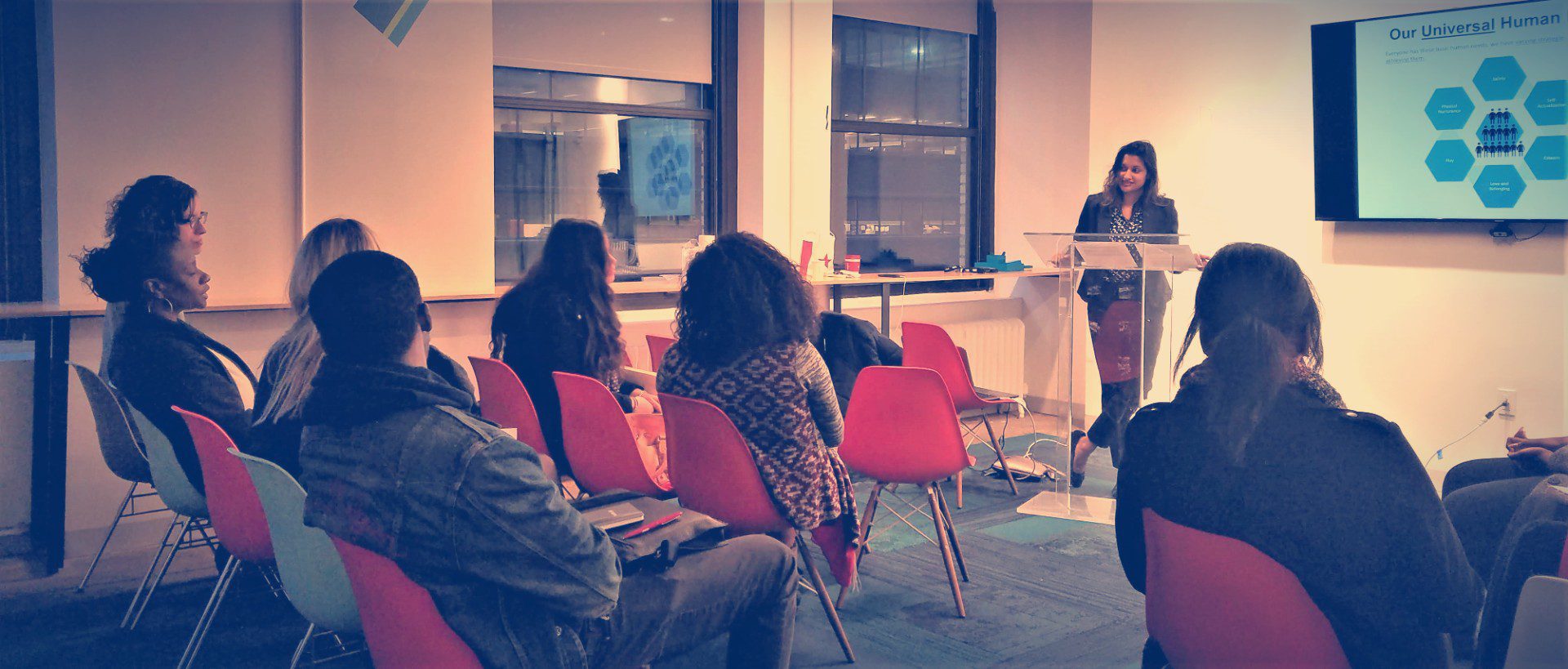
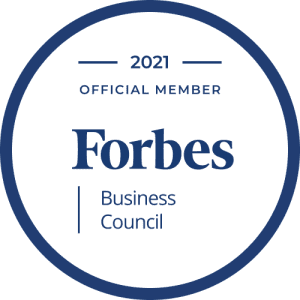
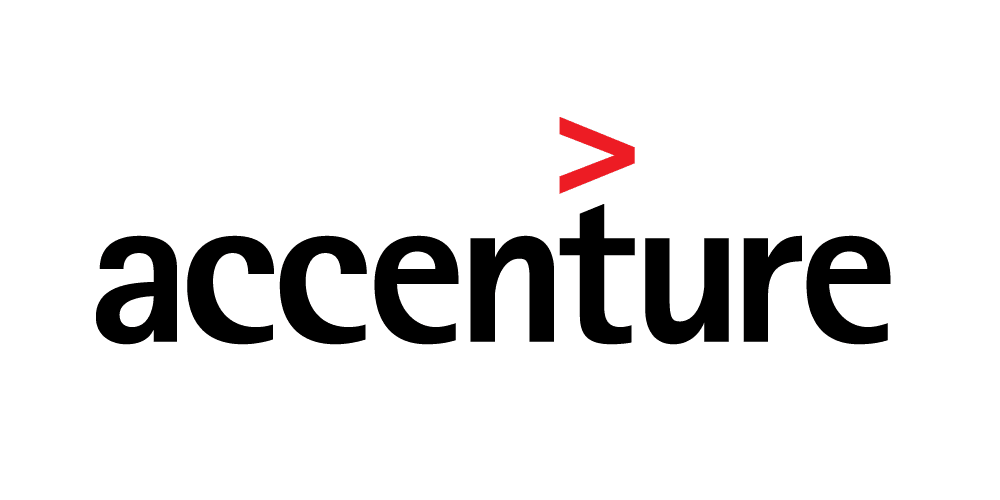

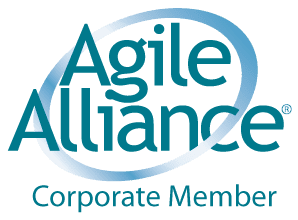
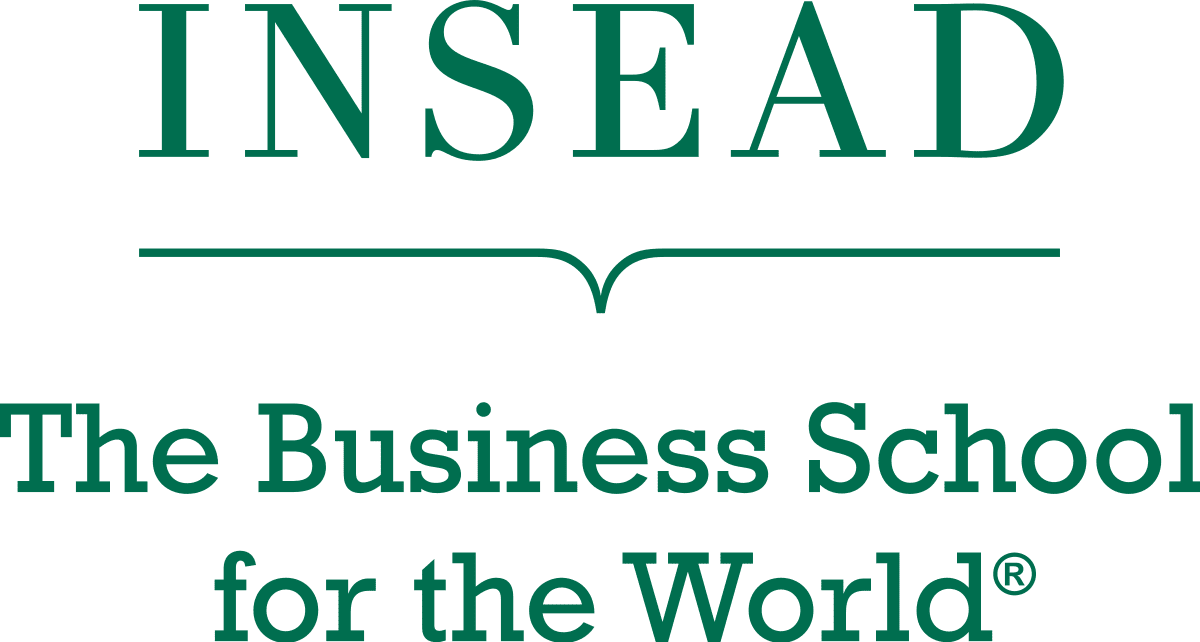
Top DEI Consulting to Help You Achieve the ROI of DEI
We are Forbes Thought Leaders on DEI
Learn about our data-driven DEI consulting and training approach.
We help HR teams pioneer DEI
We help HR executives get funding and design and launch a tailored DEI strategy across the entire employee experience.
We ensure you’re optimizing the right metrics.
We help you understand and quantify the business impact of culture, diversity, and inclusion to your specific organization.
We excel at change management and building DEI governance.
With 16+ years of experience, we know what it takes to build a successful DEI program and we help you build the right teams to move it forward.
We use Agile DEI Training®
We use an interactive and engaging Agile DEI Training approach. We continue to adjust and improve based on feedback.
We combine numbers with emotional intelligence.
Our approach addresses everything from people operations to soft skills building to boost DEI from multiple angles.
We are a Women-Owned and Minority Business
CultureStrategy is itself a highly diverse organization so we know first-hand how to optimize diversity and inclusion for our clients!
Our DEI consultants create success by combining unique expertise in…
Navigate the Path to Inclusivity with Our DEI Consultants
DEI consultants are experts in understanding and implementing strategies that promote diversity, equity, and inclusion within organizations. They serve as catalysts for change, offering valuable insights, guidance, and expertise to help companies build inclusive workplaces.
Importance of DEI Consultants in Employee Engagement
- Tailored Strategies: DEI consultants assess an organization’s specific needs, culture, and challenges. They create tailored strategies that align with the company’s goals and values. This personalized approach ensures that DEI efforts resonate with employees, making them more likely to engage with the initiatives.
- Expertise in DEI Training: DEI consultants are well-versed in designing and delivering effective training programs. These programs educate employees about diversity, equity, and inclusion, fostering a deeper understanding of their significance in the workplace. By enhancing awareness, employees are more likely to engage in DEI initiatives.
- Objective Evaluation: DEI consultants bring an objective perspective, conducting thorough assessments to identify areas where an organization may fall short in terms of diversity, equity, and inclusion. Their recommendations lead to targeted actions that can significantly improve employee engagement.
- Conflict Resolution: DEI consultants are skilled in conflict resolution and communication. Inclusivity often involves addressing difficult conversations and misunderstandings. DEI consultants can facilitate these conversations, resolving conflicts and promoting a more harmonious workplace.
- Measurable Progress: DEI consultants help organizations set clear goals and key performance indicators (KPIs) to measure the impact of their DEI initiatives on employee engagement. By tracking progress, companies can continuously improve their efforts and celebrate successes.
A Cultural Transformation
DEI consultants contribute to a cultural transformation within organizations. They help foster a sense of belonging among employees, which is closely tied to engagement. When employees feel valued and respected, they are more likely to be engaged, leading to increased job satisfaction, higher productivity, and reduced turnover rates.
In an era where the workforce is becoming increasingly diverse, creating inclusive workplaces is not just a moral imperative; it’s a strategic advantage. DEI consultants are instrumental in this transformation. They guide organizations in implementing effective DEI initiatives that not only comply with legal requirements but also boost employee engagement and overall workplace satisfaction. As organizations increasingly recognize the link between diversity, equity, and inclusion and business success, the role of DEI consultants becomes more critical than ever in nurturing a workforce that is not only diverse but also engaged and thriving.
Latest news
Our DEI Consultant
Network Blog
Diversity Can Help Your Business Be More Successful
The year 2020 changed the face of how businesses operate on a daily basis, not just because of the new work-from-home setups, but also because of the protests that occurred around the country and the world against institutionalized racism. More people than ever...
Why is DEI so Hard?
Reason #1: The Definition — DEI is More. Today, in spite of all our society has been through, we talk about diversity in a very limited fashion. That’s why it becomes a box to check rather than an actual strategic imperative. Did we hire enough black people? LGBT...
A Tip for Getting D&I Right: Build a Culture of Empathy Over Moral Superiority
Until this year, I didn't fully grasp how much racism is enmeshed in our country's DNA, not somewhere far away in Middle America, but often right under my nose. How practically every public school I have heard of has been named after a slaveowner. And the very city I...
COVID19, Black Lives Matter, and the Future of Work
There can be no doubt about one thing: we are on the brink of transformation, as a society. After the horrifying events in the last few months, there is no “going back” to the way things used to be. What does this all mean for our organizations? I believe it all ties...
The Solution to Unconscious Bias: Let it Be.
We have a BIG problem when it comes to unconscious bias: the human mind. Yes, believe it or not, every human mind is biased, whether it is the mind of the Dalai Lama or Donald Trump. Meaning every human mind forms opinions and judgments based on a combination of past...
Diversity Training and the Need for Storytelling
The comedian Keegan Michael Key spoke recently regarding his personal experience with police discrimination. He claimed that despite being pulled over by the police often due to being Black, the officer typically recognizes him from his work and lets him go. He...






